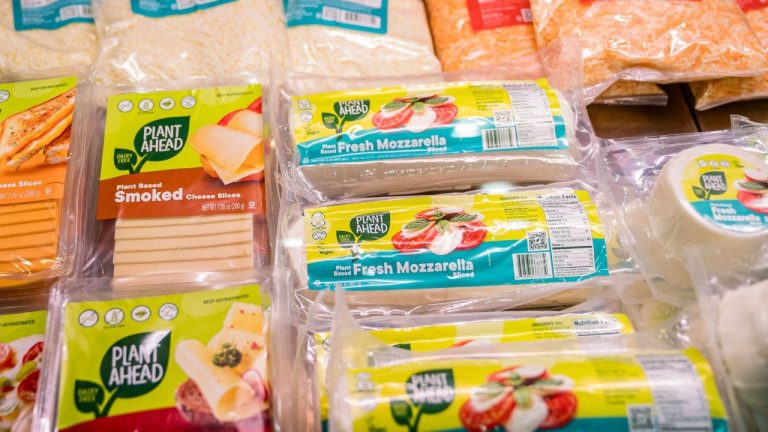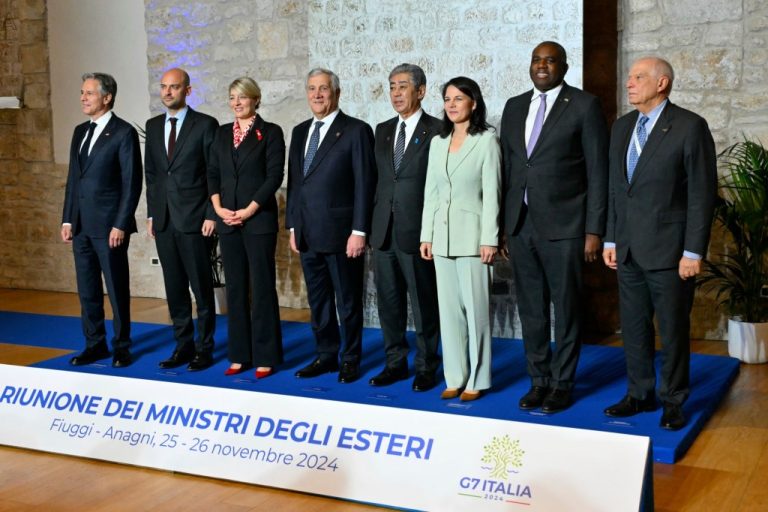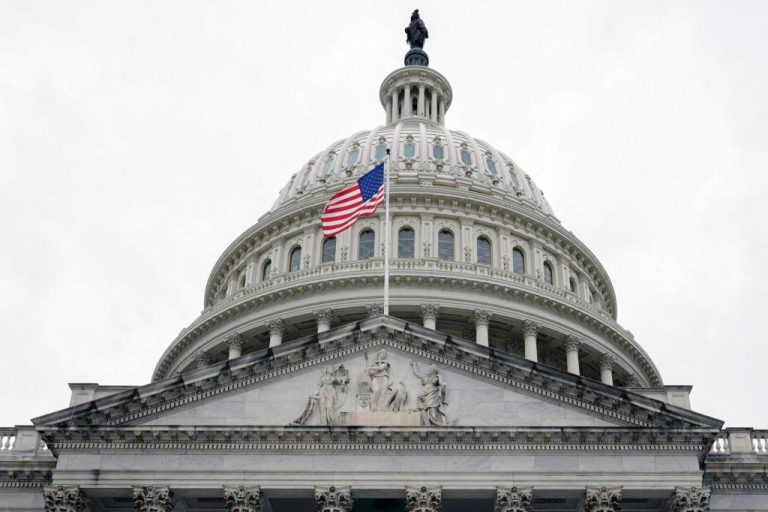
A personal debt crisis has been confirmed with new figures showing a 23 percent rise in individual insolvencies.
The total number reached 10,136 in February compared to 8,239 in the same month last year.
The individual insolvencies consisted of 709 bankruptcies, 3,007 debt relief orders (DROs) and 6,420 individual voluntary arrangements (IVAs).
A report from the Insolvency Service said: “The higher number of individual insolvencies compared to February 2023 was driven by a 44 percent increase in the number of DROs, and 16 percent increases in both the number of bankruptcies and IVAs.”
The figures also revealed a 17 percent increase in the number of registered company insolvencies in February compared to the same month last year – was 2,102 versus 1,801.
Speaking to Newspages, Stephen Perkins, managing director at Yellow Brick Mortgages, said: “Both individual and company insolvencies are massively up on this time last year.
“So many individuals and companies are at breaking point, having exhausted all available credit and options. These figures paint a very bleak picture of the economy and hopes of a speedy recovery.
“The Bank of England needs to reduce rates sooner rather than later to provide hope to millions of individuals and businesses for their financial survival.
“The latest GDP data may show that, technically, the UK is out of recession, but the truth, as evidenced in the latest insolvency data, is that the UK economy is on its knees.”
Dariusz Karpowicz, director at Albion Financial Advice, said: “The latest insolvency numbers hit like a gut punch, underscoring a brutal truth. With living costs skyrocketing, wages barely budging, and mortgage rates through the roof, the financial vice is tightening for many.”
He said the rise in Debt Relief Orders represents “a distress signal from individuals gasping for financial air”.
Charles Breen, founder of Montgomery Financial, said: “Family finances fractured as the cost of living crisis climbed.
“Everyone’s wages apart from those of our MPs have failed to keep up with inflation so such an alarming increase in insolvencies was sadly to be expected.
“Why is our inflation still twice as high as France or Germany’s, forcing interest rates to remain at painful levels and pushing more and more people into hardship?”
Harps Garcha, director at Brooklyns Financial, said: “Sadly these numbers will continue to grow in the coming months, even though the latest GDP figures showed tecnically we are out of recession.”
Ranald Mitchell, director at Charwin Private Clients, said: “The shocking 23 percent increase in individual insolvencies is a clear marker that many more people are not coping.
“Entering into bankruptcy, debt relief orders or IVAs is a drastic action, with these black marks sending people in to credit purgatory for many years. It is clear that the punishing economic climate has taken its toll.”
What is Bankruptcy?
It is a legal proceeding initiated when a person or business is unable to repay outstanding debts or obligations. It offers a fresh start for people who can no longer afford to pay their bills.
The process begins with a petition filed by the debtor, which is most common, or on behalf of creditors, which is less common.
All of the debtor’s assets are measured and evaluated, and the assets may be used to repay a portion of the outstanding debt.
What is an IVA?
An individual voluntary arrangement (IVA) is a formal alternative in England and Wales for individuals wishing to avoid bankruptcy. In Scotland, the equivalent statutory debt solution is known as a protected trust deed.
It constitutes a formal repayment proposal presented to a debtor’s creditors via an insolvency practitioner.
What is a Debt Relief Order?
It is a formal debt solution designed for people with little or no assets and low income.
If you don’t own your own home and have little spare income and debts that are less than £30,000 a Debt Relief Order (DRO) could be a way to manage your debts.
It is an alternative debt solution to bankruptcy or an IVA and available to residents of England, Wales and Northern Ireland.








